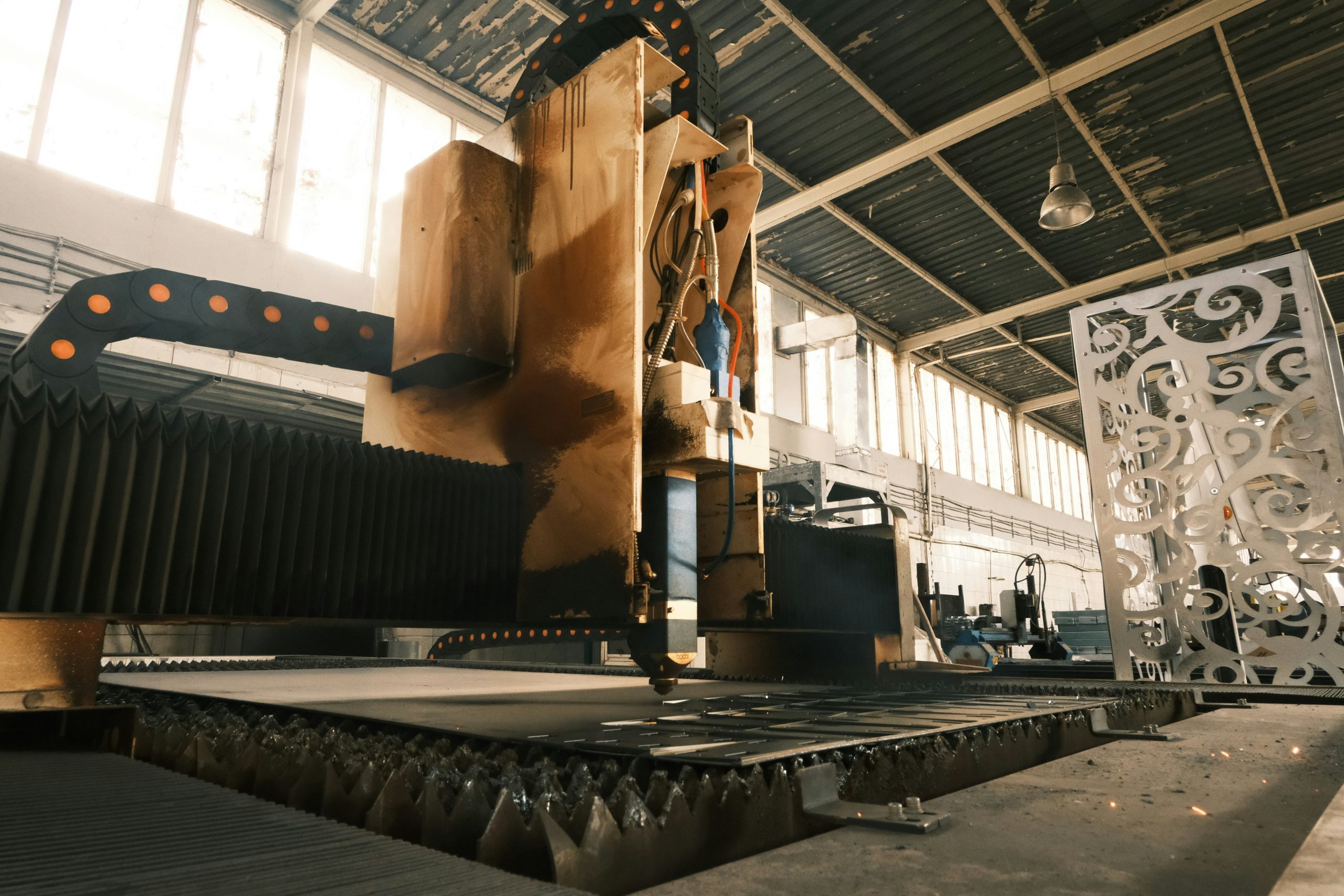The construction industry is rapidly evolving, driven by advancements in technology that are revolutionizing how projects are executed. At the forefront of this transformation is robotics, offering solutions to some of the industry’s biggest challenges. From tackling labor shortages to improving precision and safety, robotics are reshaping construction processes and setting new standards for efficiency and innovation. This blog delves into the ways robotics are changing the game and explores the immense potential they hold for the future of construction.
Robotics for Labor-Intensive Tasks
From bricklaying to welding, robotics are taking on labor-intensive tasks with unmatched precision and speed. These machines reduce human fatigue, minimize errors, and allow crews to focus on higher-level responsibilities. This shift not only enhances project efficiency but also addresses safety challenges and growing labor shortages in the industry.
Autonomous Equipment Operation
Robotics-powered machinery, such as autonomous bulldozers and excavators, are streamlining large-scale construction projects. These machines operate with precision, reducing waste and improving overall site productivity. By utilizing real-time data, autonomous equipment can adapt to site conditions and optimize tasks, ensuring seamless project execution.
3D Printing and Robotic Fabrication
3D printing and robotic fabrication are pushing the boundaries of what’s possible in construction. Robots are being used to print buildings and components on-site, speeding up production and significantly reducing material waste. These technologies are particularly effective for creating intricate designs and custom components, enabling more creative and sustainable solutions.
Enhancing Safety with Robotics
One of the most significant impacts of robotics is on-site safety. Robots are being deployed for tasks in hazardous environments, such as demolitions or handling toxic materials. By taking on these higher-risk jobs, robotics are not only protecting workers and significantly reducing the risk of human injury, but also setting new safety standards across the workplace.
Collaborative Robots (Cobots) for Team Efficiency
Cobots, or collaborative robots, are designed to work alongside human crews, enhancing efficiency without replacing human expertise. From lifting heavy materials to precision drilling, cobots complement human skills and reduce physical strain from repetitive manual labor. These machines help bridge the gap between human ingenuity and robotic precision, creating a more dynamic and effective workforce.
The integration of robotics in construction is not just a trend, it’s a revolution that’s shaping the future of the industry. From automating labor-intensive tasks to improving safety, robotics offer unparalleled opportunities to improve project outcomes. As we look ahead, the continued adoption of robotics will drive even more transformative change, enabling the construction industry to meet evolving demands with greater precision.








